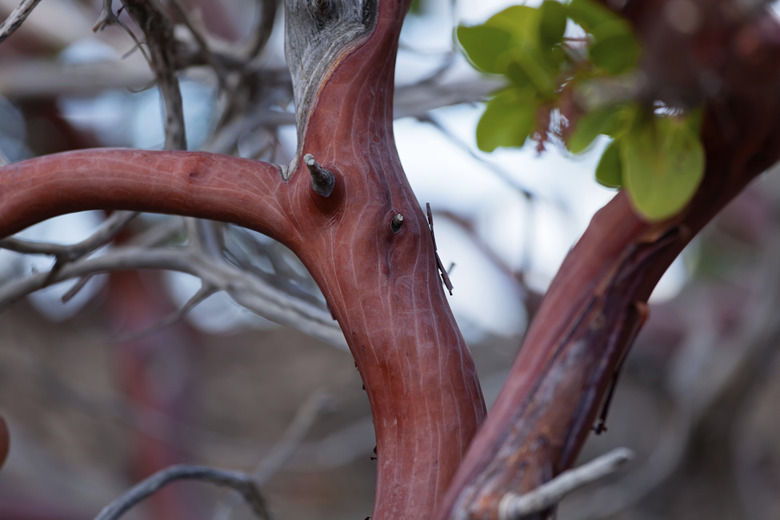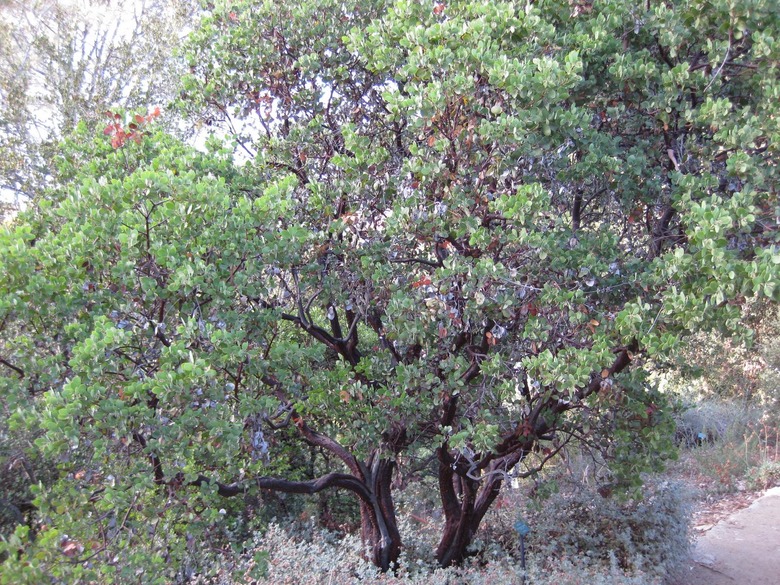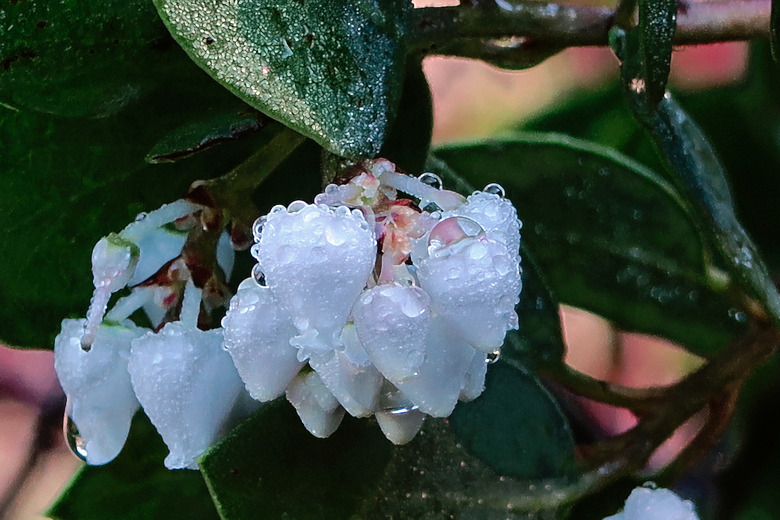How To Grow A Manzanita Tree
Manzanita plants, which include the common manzanita tree (Arctostaphylos manzanita), are woody, evergreen chaparral plants native to western North America that need minimal watering to grow and do not need to be fertilized.
There are more than 80 species of chaparral plants known as manzanita (Arctostaphylos spp.) that are native to western North America. They include the common manzanita (Arctostaphylos manzanita), which is a broadleaf evergreen shrub or small tree native to northern California that is considered one of the best in the genus for growing in one's garden.
The common manzanita is hardy in USDA plant hardiness zones 8 to 9 and needs minimal care to thrive.
Common Manzanita Characteristics
While some species in the genus Arctostaphylos are low-growing and are used as groundcover, the common manzanita is a small tree with a maximum height of about 20 feet and the crooked, eye-catching branch structure associated with this genus.
The common manzanita blooms in late winter, when it produces hanging clusters of urn-shaped flowers. This tree may have pink flowers or white flowers that are attractive to birds, bees and butterflies. Manzanita flowers give way to red berries that inspired the common name "manzanita," which translates to "little apple" in Spanish.
Manzanita species have a lifespan between 25 and 50 years, which is considered short-lived.
Manzanita Plant Needs
The common manzanita tree can be grown in full sun or part shade. These native plants grow best in climates that are characterized by hot, dry summers and cool winters.
Manzanita bushes are often prized for their drought tolerance, and as plants that grow in arid conditions, they do not like to have their roots wet. Therefore, it is imperative to grow these plants in soil with good drainage. Soil that has an acidic or slightly alkaline pH is appropriate for this species.
Manzanita trees grow well in poor soil and should not be planted in soil that is rich in organic matter. **When choosing a site for this tree, it is also important to keep in mind that it is flammable.**
Warning
Manzanita trees can catch fire and cause the flames to spread when planted near trees, houses, decks or other structures.
Watering Manzanita Bushes
Manzanita trees need very little water. No water is needed in the summer, though you can water once a month during extremely dry conditions. **Be aware that too much water can actually kill these plants.**
Tip
Overwatering and poor drainage can kill a manzanita tree.
When you do water one of these shrubs, however, **you want to make sure that you don't get the leaves wet, as moisture on the foliage encourages the development of fungal diseases.** Good air circulation also helps to prevent these diseases.
Manzanita Pests
Pests of the common manzanita and other species in the genus include the manzanita leafgall aphid, which feeds on plant sap and creates unsightly pod-shaped galls on the leaves.
Tip
Manzanita plants do not need fertilizing. In fact, fertilizing established plants makes them more vulnerable to feeding by leafgall aphids.
Aphids tend to attack new growth. Therefore, avoid excess watering and fertilization, especially fertilizers that contain high amounts of nitrogen, which stimulates growth. Keep pruning to a minimum, as it also encourages new growth and can make a manzanita plant more vulnerable to aphids.
References
- Cal Poly UFEI: Common Manzanita
- Oregon State University: Arctostaphylos manzanita
- National Park Service: Chaparral
- California Native Plant Society: Arctostaphylos manzanita
- University of California Statewide Integrated Pest Management Program: Manzanita leafgall aphid – Tamalia coweni
- University of Arizona Cooperative Extension, Yavapai County: Growing Manzanita


